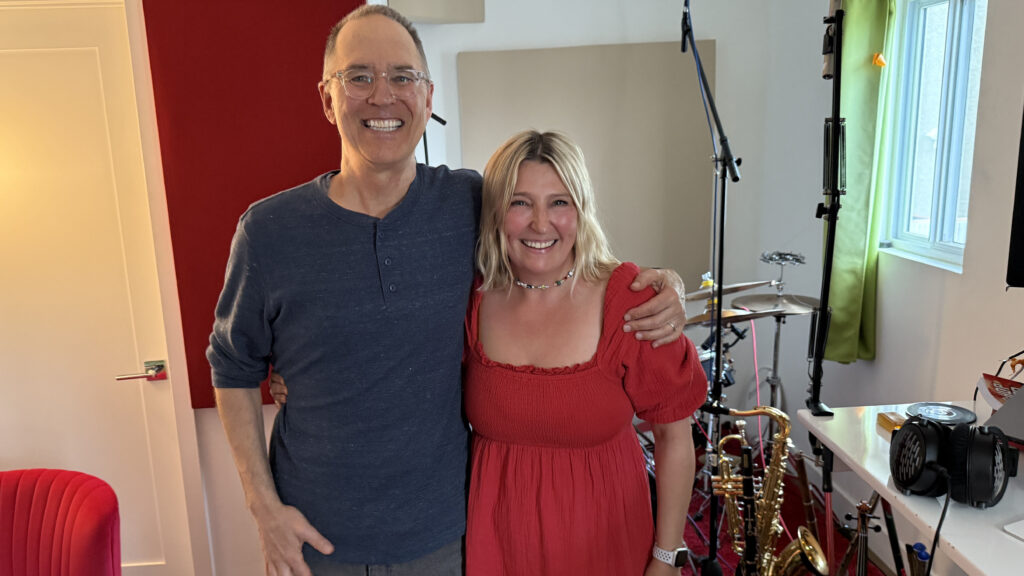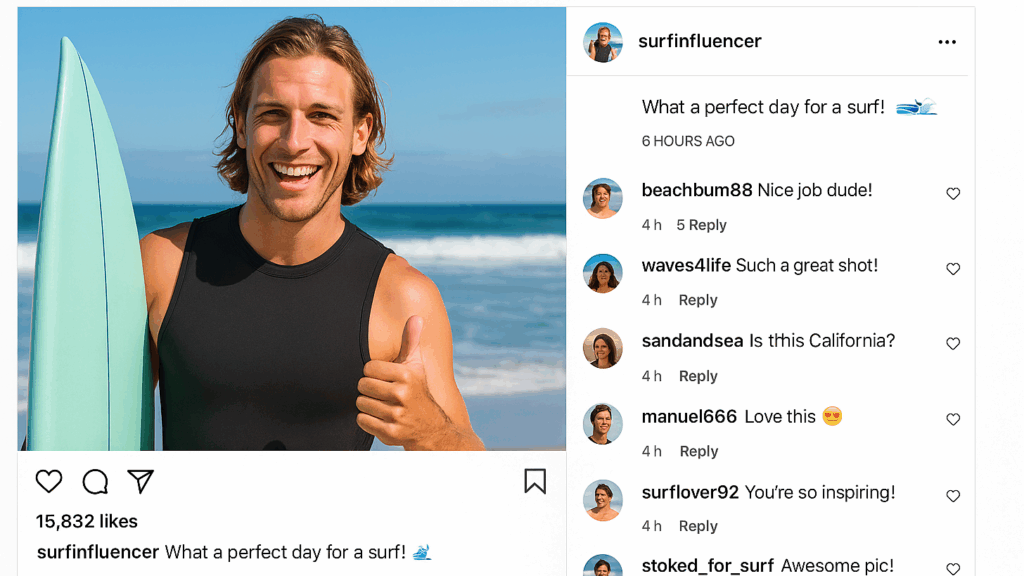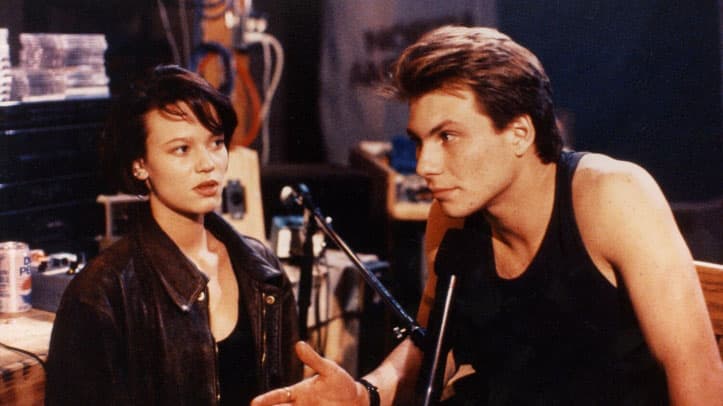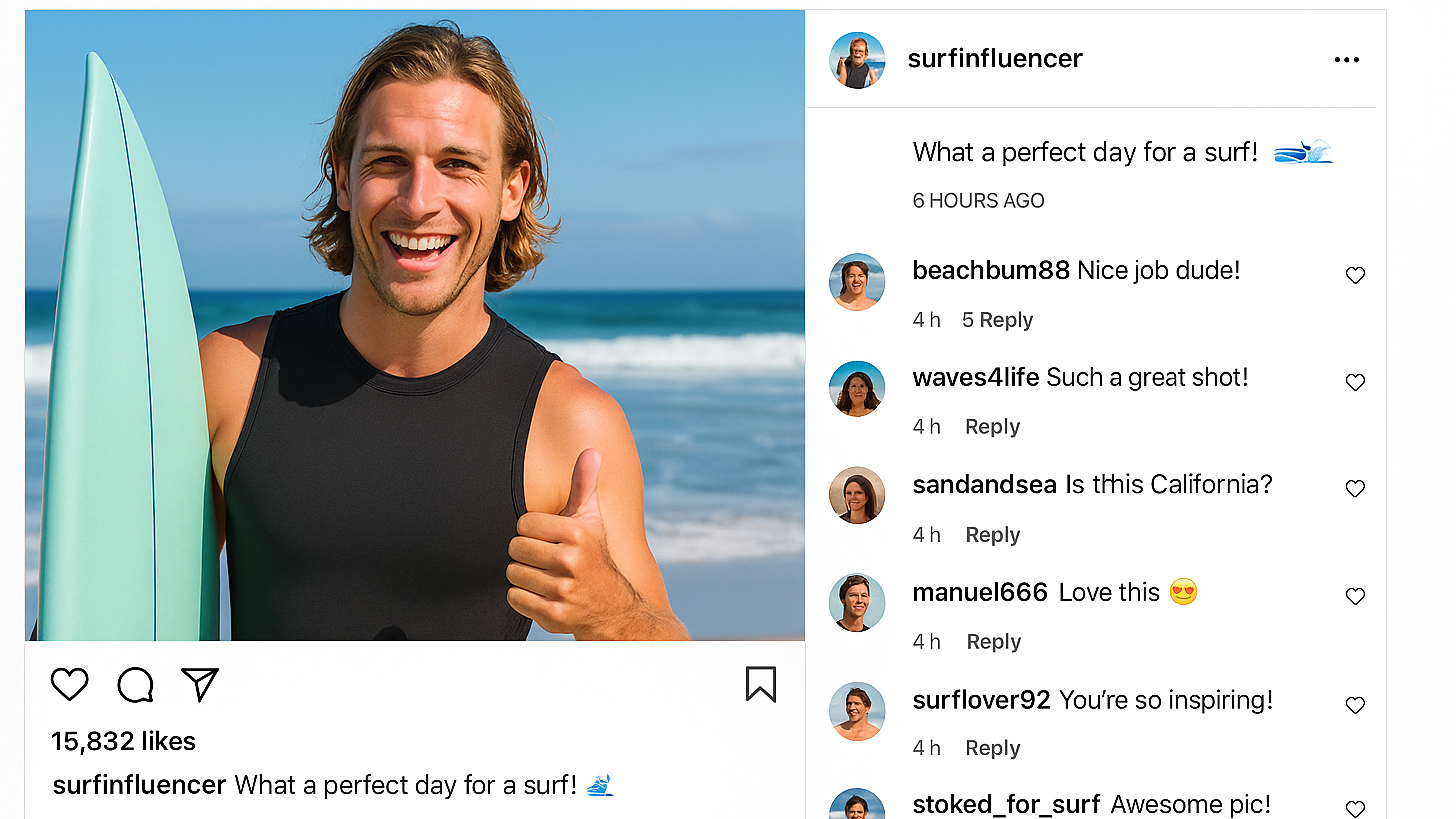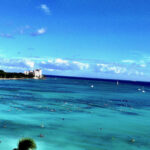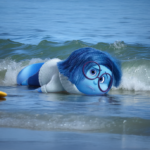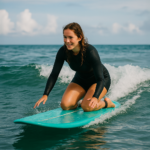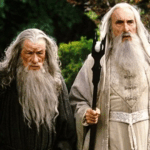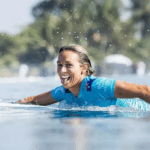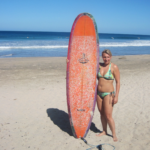Now Reading: I loved how you almost died at Mavericks
-
01
I loved how you almost died at Mavericks
I loved how you almost died at Mavericks
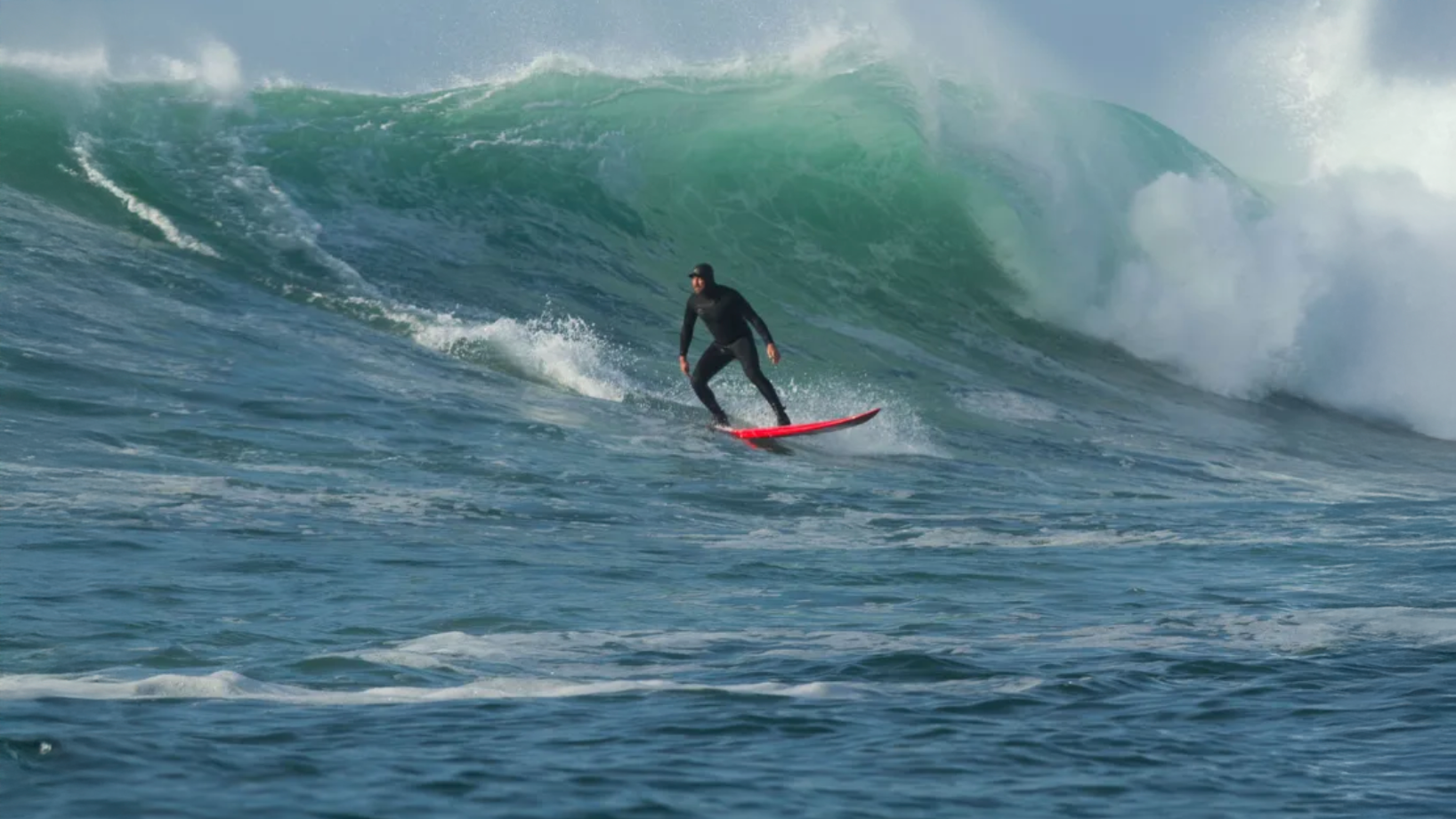
Mavericks. Whaaat? Never heard of it?! Don’t feel bad. For almost two decades, no one had.
🤷♀️ That time I blanked on Gerard Butler
I don’t get starstruck very often. But I guess I must’ve totally blanked out when I bumped into Gerard Butler (The Phantom of the Opera and everything Fallen series and Den of Thieves more recently) at Chateau Marmont a few years ago, because instead of saying something smart, I blurted out, “I loved how you almost died at Mavericks.” The fact that Gerard confirmed and gave me a quick run-through—it did not sound like fun. We’ll get back to Mr. Butler in due course.
🌀 Hidden in plain sight
It seems that every surfer on earth wants to surf Pipeline, but still, there are very few shouting from the rooftops that they want to surf Mavericks. Maybe because of that “potential dying” thing.
Mavericks is an insane wave in so many ways. The first time I watched Riding Giants, a big wave surfing documentary by Stacy Peralta and its take on the Mavericks story, it was like watching a Disney fairy tale.
How otherwise would I describe the fact that for decades, a wave that on a good day reaches 20 feet, and on an “epic” day climbs up to 60 feet, stayed hidden from the surf community? And it’s not like it’s in the middle of nowhere. It’s just off Pillar Point in Half Moon Bay (Pumpkin Festival ahoy, and some pretty decent seafood)—a 30-minute drive from the Mission in San Francisco where I used to live.
🧍♂️🧍♂️🧍♂️ And then there was one: Jeff Clark
And yet, for 15 years (starting in 1975), a local surfer Jeff Clark surfed Mavericks alone. Not that he wanted it that way—he was happy to have some company in the lineup. But no one wanted to join him. Imagine someone telling you that there’s a wave that’s like or better than Waimea on your doorstep and you just go “meh.” You could not make this stuff up.
To be fair, three other surfers did surf the inside waves at Pillar Point in 1961, and the break is named after a German shepherd—Maverick—who followed the group into the water.
🌊 What makes Mavericks so massive?
Maybe it’s the wave mechanics that the surfers didn’t appreciate? Mavericks’ massive waves result from a unique underwater rock formation. A long, sloping ramp slows the wave over it, while adjacent deep troughs allow waves to maintain speed. This creates a U-shaped wavefront that focuses energy into a powerful, breaking wave.
It’s a right-hand break (but it can break left in some unlikely circumstances), where the wave breaks in a steep, hollow manner. What a doozy to surf. And of course, the best times for Mavericks to break are winter months, particularly from November through March, when Pacific storms generate the most significant swells—which means cold temperatures dropping to the upper 40s. Lest we forget the fog, strong currents, shallow reef sections, the great whites. Overall, what a fun little wave. No wonder no one wanted to surf it with Jeff and called him “psycho.”
📰 Cold sweat & rising notoriety
He finally managed to convince some Santa Cruz and SF surfers to paddle out, and Mavericks “came out” in 1992 in the edition of Surfer magazine titled “Cold Sweat.” The break gained further notoriety when a Hawaiian big wave surfer, Mark Foo, died at Mavericks in 1994. Guys, just watch Riding Giants.
🏆 The Titans era
Once the break got “discovered” by the surf community, the insanity ensued.
From 1999 to 2016, there was an invitation-only contest called the Titans of Mavericks held at the break during the winter. I remember the anticipation, and checking the forecast—will it happen this year, will it not? And then, on January 19, 2013, Peter Mel won the contest. By that point, you could only watch the competition on giant screens. And in 2019, the WSL cancelled it, citing “logistical issues.” I think they meant the traffic—it was bloody awful.
🎬 Chasing Mavericks (and almost dying)
Right before that season, Chasing Mavericks, starring Gerard Butler, came out. It was a Hollywood tale based on real events: Frosty Hesson teaching young Jay Moriarty how to surf Mavericks. It was a gigantic flop. 32% on Rotten Tomatoes, made just under $8M at the box office, on a $90 million budget. But there’s no taking away from the amazing cinematography of the big Mavericks scene. And of course, the story of Gerard Butler almost dying.
What happened was this. During the filming, Gerard was paddling out with Greg Long, Zach Wormhoudt, and Peter Mel—far, far away from a set of waves in the 15-foot range—when a much larger set broke just in front of them. Bad luck.
Gerard was held under for two waves, he and his board got dragged over rocks until a safety Jet Ski scooped him up. He got taken to the hospital, but soon discharged. When talking to me at Chateau Marmont, Gerard was describing the feeling of being held under, and how it felt like almost dying. I guess that’s what they call that Mavericks feeling.
🌊 108 Feet?! Alo’s 2024 monster ride
Fast-forward, and December 2024 delivered some of the most extraordinary surfing conditions in Mavericks’ history, with waves soaring over 60 feet. On December 23, at 3:15 p.m., exactly 30 years after Mark Foo’s death, a 23-year-old Santa Cruz surfer, Alessandro “Alo” Slebir, reportedly rode a 108-foot wave at Mavericks, potentially setting a new world record. “Yesterday I rode and witnessed some of the biggest waves of my life. This wave was one of many that stood out to me.” I like this kid—so modest.
📚 Learn more
There you go. The story of Maverick’s. Oh that—it’s spelled both ways, with and without an apostrophe. If you want to learn even more about Mavericks, check out Matt Warshaw’s book titled: Maverick’s: The Story of Big-Wave Surfing.












